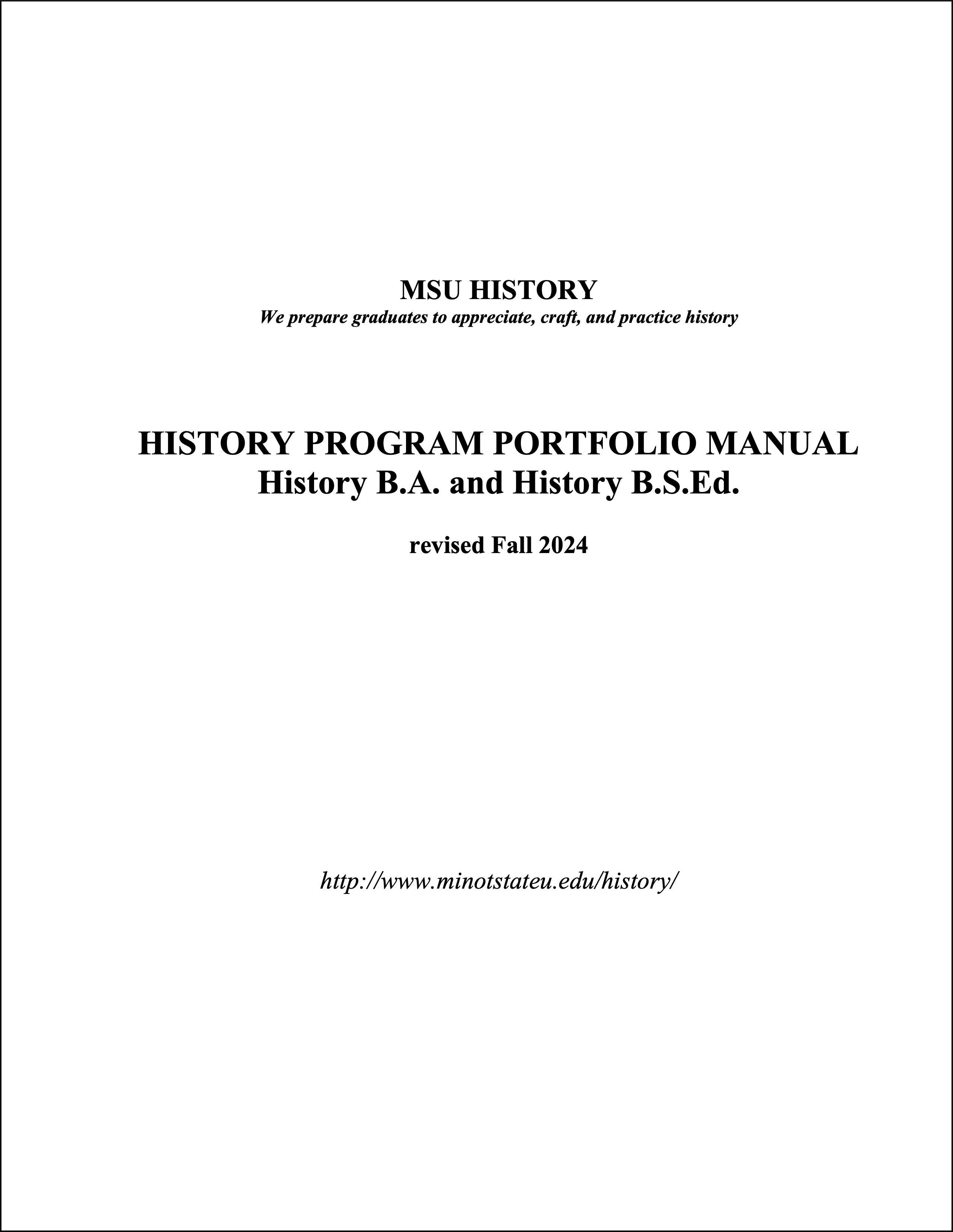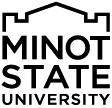History Portfolio and Resources

The History Portfolio
The history program uses a portfolio to measure graduating students' achievement of the program's student learning goals and to assess the program's overall effectiveness. Students collect their best work in history over their college career at MSU in a portfolio, in which they complete brief self-assessments that discuss how their work demonstrates their achievement of the program's goals.
Students must complete HIST 97: History/Social Science Portfolio with a grade of S by successfully completing and submitting this portfolio before they can graduate. For more information, including detailed directions and electronic submission procedures, please see the History Portfolio Manual.
Students who began their programs before the 2025–2026 academic year and are earning a B.S.Ed. in Social Science also complete a portfolio using the B.S.Ed. Social Science Portfolio Manual.
The portfolio enables students to measure their progress over the course of the major, ensures that B.S.Ed. students meet relevant state and national standards, and produces a portfolio of work students can use for job and graduate school applications. It also enables faculty to assess how students' performance matches the history programs' learning goals and to identify ways to improve teaching and learning.
History Resources
Citing Your Sources
The History program uses the Turabian/Chicago style as its standard for footnotes, endnotes, bibliographies, and paper formatting. This style is described in Kate L. Turabian et al, A Manual for Writers of Research Papers, Theses, and Dissertations Ninth Edition and in the 17th edition of The Chicago Manual of Style. Both of these manuals are available in the reference area of Olson Library and can be purchased through the MSU Bookstore as well as through many online book sellers.
Online Citation Guides
If your instructor says that you can use an online citation guide, then the Georgetown University Library has a good Guide for Turabian Footnotes and Endnotes.The University of Chicago Press also publishes a Turabian Quick Guide online that has citation formats for many types of sources. Avoid online "citation generators," which frequently produce incorrect or improperly formatted citations.
Other Resources
The American Historical Association is the "largest professional organization in the United States devoted to the study and promotion of history and historical thinking," bringing together "historians from all specializations and professions" and "embracing their breadth, variety, and ever-changing activity." The AHA site offers a number of resources for teaching and working in history.
The Gordon B. Olson Library at Minot State University supports the instructional and research program of the university by providing materials for historical research: books, periodicals, indexes, government documents, reference works, and access to a number of electronic databases and other digital materials. Librarians will help you learn to locate and independently use the library's resources. Both the Library of Congress and the National Archives provide an excellent selection of digital resources for historical research as well.




